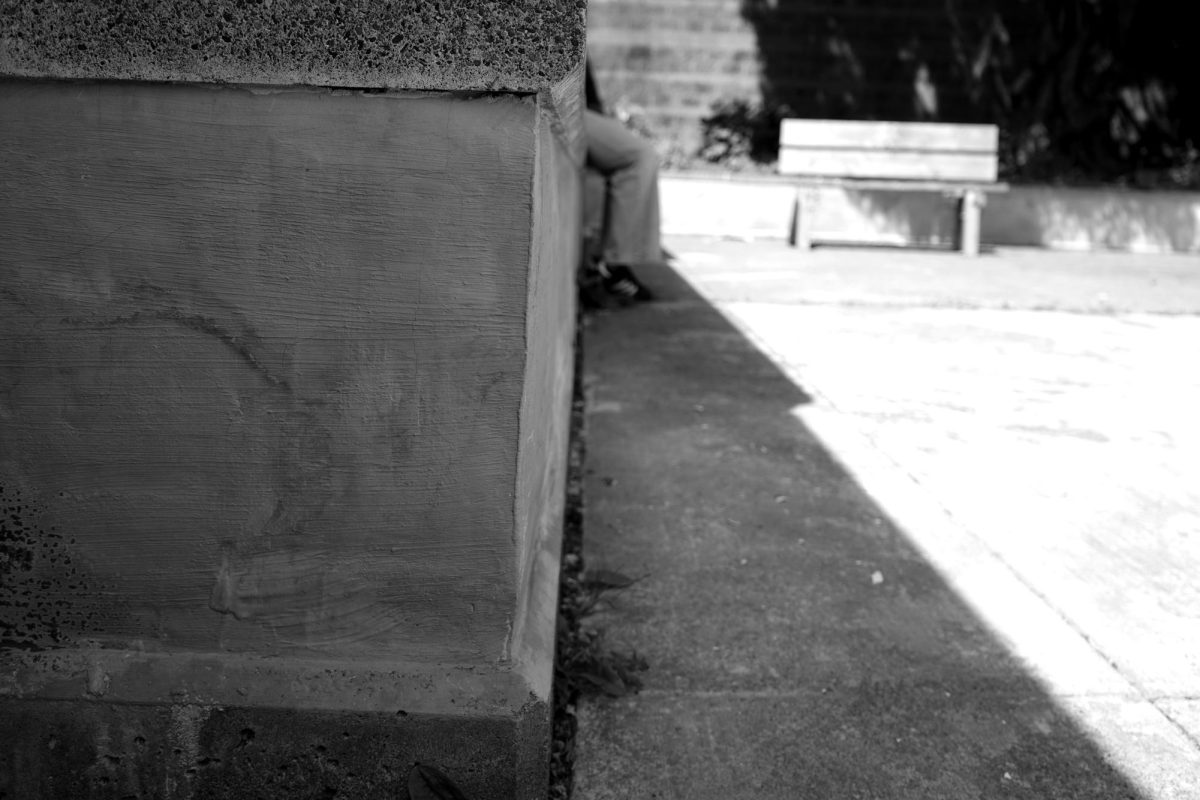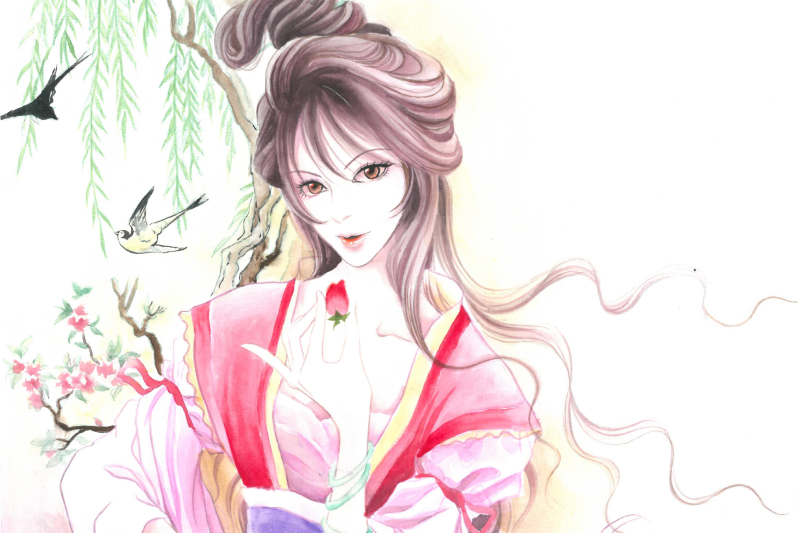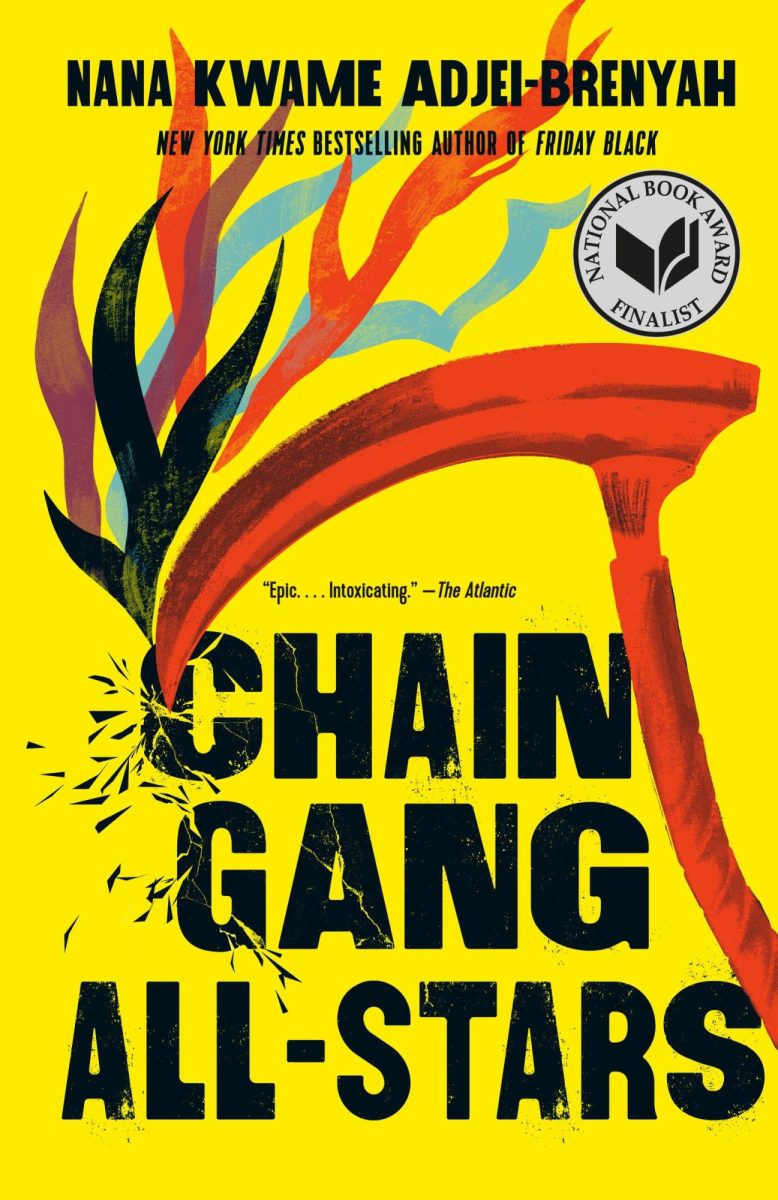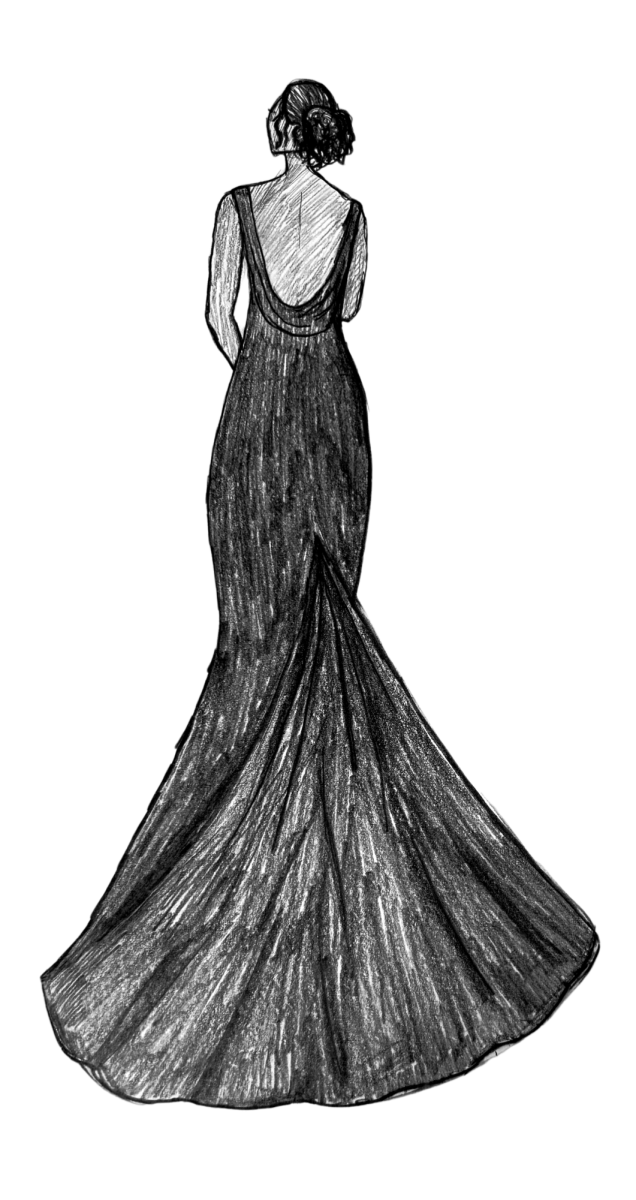Starting from March 2025 the Museum of Popular Culture (MOPOP) in Seattle Center has displayed an exhibit dealing with Asian comics, aiming to illuminate the medium in Asia and its history.
The museum deals primarily with American popular culture, exhibits exploring topics such as the fantasy genre and indie video games. “Asian Comics: Evolution of an Art Form” is among the most recent of MOPOP’s temporary exhibits.
The exhibit consists of pieces of media on display with explanatory notes on the wall giving the history and current condition of comics throughout Asia. The displays are mostly comic pages but include other forms of media, such as video clips and, in one case, a type of Hindu shrine called a kavad.
The museum discusses themes such as the origins of manga, how Asian artists use comics to discuss the history and society of their countries and what life in the Asian comics industry is like. It deals primarily with East Asia but covers all areas of the continent.
I would highly recommend “Asian Comics: Evolution of an Art Form” as very interesting and informative. I’ve visited the Asian-history-focused Wing Luke Museum several times and consider it well worth seeing; this exhibit seems like it could have come from Wing Luke.
The exhibit gives a well-rounded idea of Asian comics past and present, illustrating both regional differences (for instance, the level of censorship differs throughout the continent) and broad similarities (such as the popularity of Chinese and Indian legendary and historical stories as subjects). It also gives an insight into the life of an average comics artist, showing the process of both analog and digital comics creation.
There is an especially strong focus on history, such as how manga and various subgenres came to be; there is a minor but detectable focus on tracing the continuities between pre-Westernization Japanese art and modern manga by way of woodblock art and early-twentieth-century satirical magazines. If one has an interest in East Asian history, one will be well served here.
Furthermore, the exhibit is very entertaining and fun to look at; in fact, the exhibit has a large set of manga magazines which visitors can read. There are also larger and more detailed art prints, such as nineteenth-century Japanese art and colorful prints from the Chinese series “Queen’s Palace”.
However, I’d like to draw attention to two flaws, one trivial and one slightly deeper. First, through my visit a Vocaloid display played a few music videos on loop, audible through the whole exhibit; this eventually became very annoying.
Further, the exhibit is quite Japan-centric: counting the pieces of media it has on display, about as many of them belong to Japan as belong to the rest of Asia put together, and East Asian pieces easily make up the majority. Further, the non-East-Asian countries tend to be lumped together instead of coming to the fore individually, almost as if the exhibit has a division between “East Asia” and “the rest.”
While Japan has an extraordinarily strong comics industry, and while it makes sense for a Seattle museum to favor a country we’ve long had connections to, it still seems unfair for an exhibit dealing with Asia in general to favor one region. It’s not all bad, though – since almost all the Japanese is untranslated, Japanese students get a great opportunity to practice.
In conclusion, despite a few cosmetic flaws and biases, “Asian Comics: Evolution of an Art Form” serves as an excellent overview and is easily worth the price of admission – especially if one gets $5 TeenTix tickets.

























